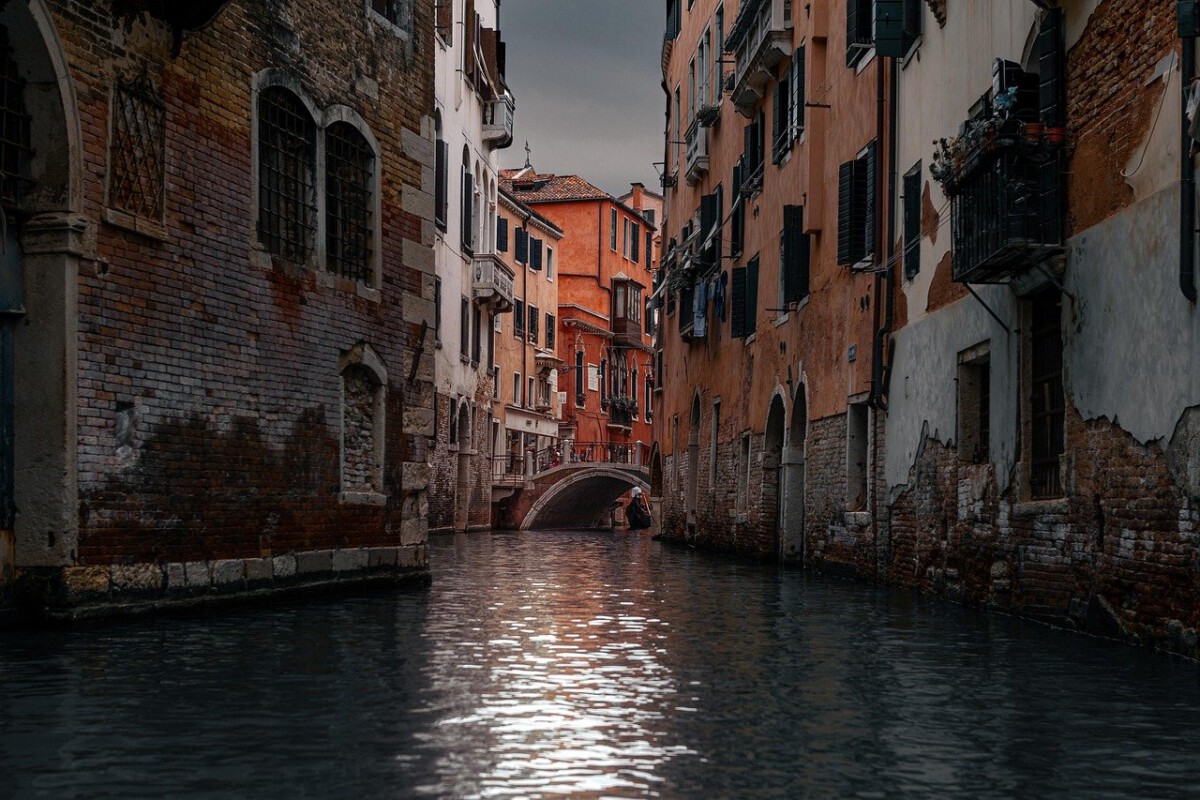Imagine arriving at a border, suitcase in hand, only to be greeted by a sign that says, “Closed to Visitors—Indefinitely.” It sounds dramatic, but for some of the world’s most beloved destinations, this could soon be reality. As overtourism, climate change, and cultural preservation reach boiling points, a handful of countries are seriously considering slamming the door on outsiders. These aren’t just any places—they’re the crown jewels of the travel world, the kind of spots you’ve probably dreamed about. The idea of never seeing them, smelling their air, or tasting their flavors is almost unthinkable. And yet, that’s exactly what could happen if things don’t change. Ready to dive in? Here are ten countries on the brink of saying “enough is enough.”
Bhutan Happiness Over Hustle

Stepping into Bhutan feels like walking into a living, breathing fairytale. Monasteries cling to cliffs, prayer flags flutter over misty valleys, and the air somehow smells cleaner, fresher—almost sacred. But Bhutan isn’t just beautiful; it’s also fiercely protective of its soul. The country already limits visitors with high daily fees and a “high value, low impact” tourism philosophy. Now, whispers are growing louder about even stricter limits—or a near-total ban—if crowds keep swelling. Local leaders know that once the charm is lost, it’s gone forever. March to May and September to November are the windows when the valleys bloom and the mountains shine. If you go, **be prepared to unplug and truly slow down**—that’s how Bhutan wants it.
Venice Italy Sinking Under Its Own Beauty

Picture yourself gliding along a Venetian canal at sunrise, the city silent except for the slap of water against ancient stones. That’s the Venice locals remember. Today, it’s often a crush of selfie sticks and rolling suitcases. The city’s fragile foundations are literally sinking under the weight of millions of visitors each year. Leaders have already started day-tripper entry fees and crowd controls, but talk is heating up about even more drastic steps—like temporary tourist shutdowns. For a slice of the old magic, **visit in winter** when the fog wraps the city in mystery and the crowds are gone. And if you hear church bells echoing through empty alleys, you’ll know what Venice is fighting so hard to protect.
Bali Indonesia Paradise Under Pressure

Bali’s beaches pulse with life—sizzling satay, incense swirling from temple offerings, surf crashing as the sun sinks red and gold. But paradise is feeling the strain. From plastic-strewn shores to overwhelmed villages, the island is at a crossroads. Local leaders are floating ideas like restricting access to sacred mountains or pausing tourism in certain hotspots altogether. For those who make the journey, **respect for tradition is non-negotiable**—modest dress, quiet at ceremonies, no drones over temples. The best memories come from exploring quiet rice paddies or chatting with artisans in sleepy villages. That’s the Bali that’s worth saving.
Iceland Nature on the Brink

Imagine standing alone in a field of wild lupines, the midnight sun never quite setting, waterfalls thundering in the distance. Iceland’s otherworldly beauty is magnetic, but it’s also delicate. The land heals slowly from foot traffic, and the mosses that line its lava fields can take decades to recover. Government debates now swirl around seasonal closures or stricter visitor caps to give nature a chance to breathe. The brightest months—June to August—draw the biggest crowds, so consider a shoulder season trip. **Stick to marked paths and leave no trace**—the elves, and locals, will thank you.
The Galapagos Islands Ecuador Wild and Wary

Landing in the Galapagos is like stepping onto another planet. Giant tortoises lumber through the grass, blue-footed boobies dance, and iguanas sunbathe on volcanic rocks. But this fragile ecosystem teeters on the edge—too many boats, too much plastic, and invasive species are constant threats. Ecuador is actively weighing tighter entry quotas and even full closures of certain islands to tourists. To visit responsibly, **always book with certified naturalist guides** and join small-group tours. The fewer footprints, the better for the creatures who call these islands home.
Thailand Protecting Paradise

Thailand’s islands are a swirl of turquoise water, jungle heat, and the scent of spicy noodles from beachside stalls. But places like Maya Bay—once immortalized in “The Beach”—have been loved nearly to death. Coral reefs are bleaching, and wildlife has retreated. Already, Maya Bay has seen years-long closures, and officials are considering rolling bans in other hotspots. Want to help? **Venture beyond the famous islands.** Koh Yao Noi, Koh Lanta, and hidden northern villages offer a slower pace and a warmer welcome. And always follow local customs—wai greetings, shoes off indoors, and quiet respect at temples.
Machu Picchu Peru Guardians of the Past

There’s a chill in the early morning air as you round the corner and Machu Picchu unfolds below—mist curling around ancient stones, llamas silhouetted against the Andes. But this wonder is under siege. Visitor numbers, once unchecked, have eroded paths and threatened the site’s stability. Peru is now limiting daily tickets and reviewing even stricter controls, with talk of full closures during certain months. **Book early and travel in the dry season, April to October,** for the best weather. And take the time to learn a few words of Quechua—the locals love it when you try.
Santorini Greece Too Much of a Good Thing

Santorini’s whitewashed villages cling to cliffs above a sapphire sea, the scent of grilled octopus drifting on the breeze. It’s a postcard come to life, but the crowds are relentless. Cruise ships disgorge thousands daily, and the island’s narrow lanes groan under the weight. Greek officials are now mulling caps on arrivals—or even full closures during peak summer. The magic is real, but it’s fragile. **Support local businesses, avoid high season,** and don’t be afraid to get lost in a backstreet village where grandmothers still bake bread in wood-fired ovens.
The Maldives Fragile Eden

Imagine waking to the sound of gentle waves, the scent of salt and frangipani drifting through your overwater bungalow. The Maldives is the stuff of travel daydreams, but its low-lying atolls are vanishing under rising seas. Add in coral bleaching and overdevelopment, and the government faces tough choices—some islands may soon be off-limits to outsiders. If you go, **choose eco-friendly resorts and ask about their conservation efforts.** Snorkel with respect, and never touch the coral. Paradise, after all, is only paradise if it survives.
New Zealand Drawing a Line in the Sand

New Zealand’s landscapes are straight out of fantasy—the green of Hobbiton, the snow-capped Southern Alps, the wild glowworm caves. But even this remote haven isn’t immune to the pressures of tourism. Locals worry about litter, overcrowded trails, and the loss of Kiwi culture. The government has floated ideas from daily visitor caps to closing fragile areas entirely, especially in Fiordland and along the popular Tongariro Crossing. For visitors, **the best experiences come when you slow down**—sip flat whites with locals, take only photos, and tread lightly on sacred Maori sites.
The world’s most awe-inspiring destinations are at a crossroads, caught between sharing their beauty and saving it. The challenge is real, the clock is ticking, and the future of travel will depend on whether we can learn to visit as guests—not conquerors. Will you be among the last to see these wonders, or among the first to help protect them?







